1990s Men’s Hairstyles
The 1990s were a transformative time for men’s hairstyles. This decade saw an explosion of creativity, influenced by music, movies, and evolving cultural trends.
Pop icons like the Backstreet Boys popularized softer looks, while grunge bands embraced untamed styles that reflected their rebellious spirit. The clash between polished and laid-back haircuts created a unique aesthetic landscape.
Men began experimenting with color too. Frosted tips became a staple among many young adults wanting to stand out in a crowd.
Styles ranged from intricate layering to bold cuts, allowing personal expression at every turn. Each hairstyle told its own story—whether it was carefree or meticulously crafted.
Hair products flooded the market as men sought to achieve these iconic looks at home. Gel and mousse became essential tools for sculpting everything from spikes to slick backs.
1. The Curtains Cut
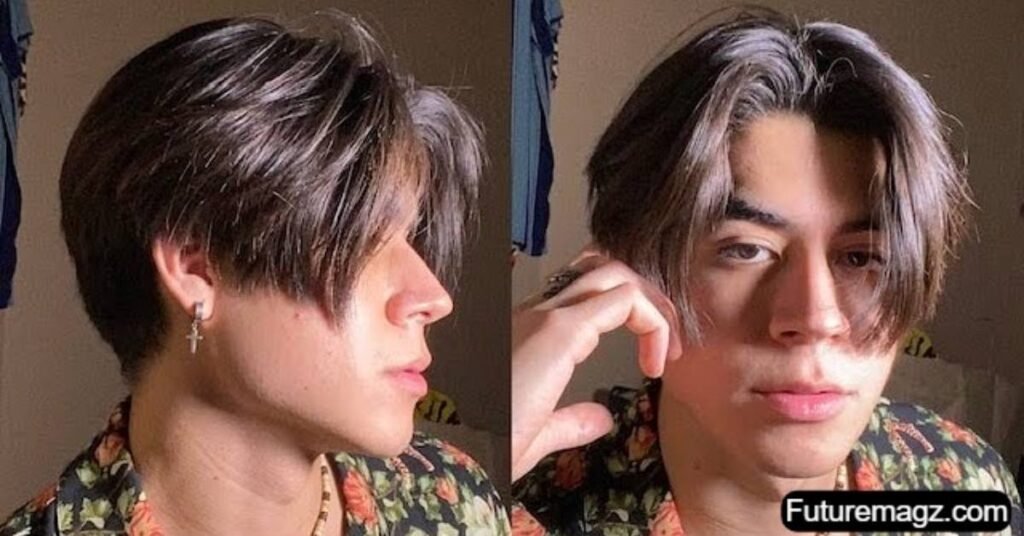
The Curtains Cut was a defining hairstyle of the 1990s. This look featured long, side-swept bangs that framed the face, creating an effortlessly cool vibe.
Often associated with heartthrobs like Leonardo DiCaprio and Johnny Depp, it exuded a laid-back charm. The hair was typically parted in the middle or slightly off-center, allowing those flowing locks to cascade down.
Many teens embraced this cut as a way to express their individuality during that era. It became synonymous with youth culture and grunge aesthetics.
Even today, elements of the Curtains Cut can be spotted on runways and in pop culture, proving its lasting impact on men’s hairstyles beyond the 90s.
2. The Caesar Cut
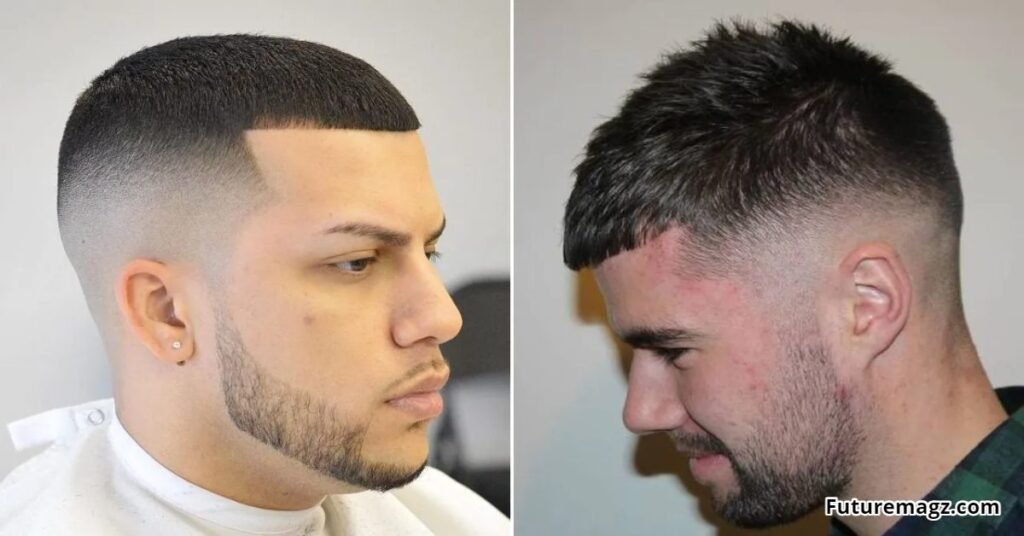
The Caesar Cut is a timeless classic that gained immense popularity in the 1990s. Named after Julius Caesar, this hairstyle features a short length with straight bangs that are cut straight across the forehead.
One of its standout appeals is how low-maintenance it is. The clean lines and easy styling made it perfect for men who wanted to look sharp without spending hours in front of the mirror.
Celebrities like George Clooney helped elevate its status during this decade. Their sleek appearances showcased how versatile the Caesar could be, fitting various face shapes and personal styles.
This haircut can easily adapt to modern trends while maintaining its roots. It’s no wonder why many still choose the Caesar Cut today, showing just how influential mens hairstyles in the 1990s continue to be on contemporary looks.
3. The Bowl Cut
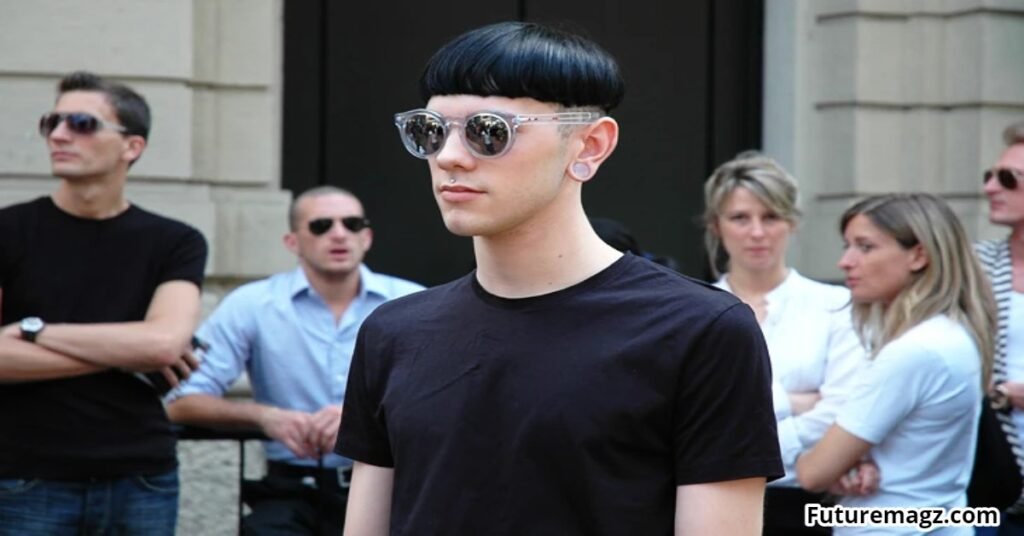
The Bowl Cut was a quintessential hairstyle of the 1990s. Characterized by its blunt, even length all around, it resembled a bowl placed atop the head. This look was widely embraced by boys and young men seeking a carefree yet distinctive style.
Popularized by celebrities and TV shows, the Bowl Cut’s simplicity made it appealing. It required minimal maintenance while still offering an edgy flair that resonated with youth culture.
Many remember iconic figures like Jim Carrey in “Dumb and Dumber,” who showcased this cut in all its glory. The hairstyle became synonymous with rebellion and individuality during that era.
Though often considered outdated today, nostalgia for the Bowl Cut remains strong among those who wore it back then. Its influence can be seen in modern styles that nod to retro aesthetics while incorporating new twists.
4. The Rachel Cut
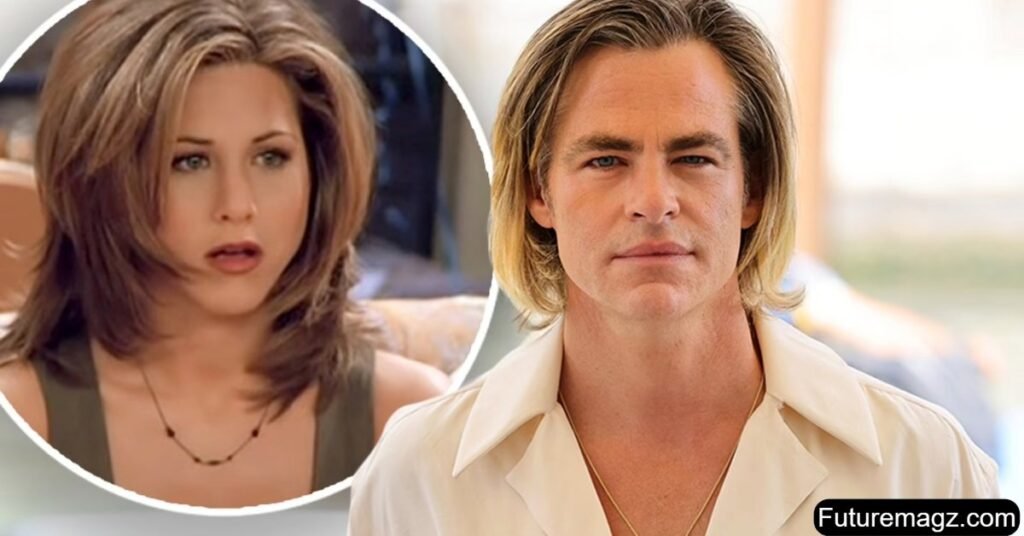
The Rachel Cut became a cultural phenomenon in the 1990s, thanks to Jennifer Aniston’s iconic role on “Friends.” This hairstyle was all about layers and volume.
Women loved it, but men also embraced its playful, tousled look. The cut featured soft layers that framed the face beautifully. It offered versatility too; you could wear it sleek or messy.
Styling required some effort, often involving mousse for that signature bounce. Many guys opted for a shorter version of the cut, giving them an effortlessly cool vibe.
It symbolized a shift towards more relaxed yet stylish hairstyles during the decade. Even today, echoes of The Rachel can be seen in modern styles that prioritize texture and movement.
5. The Frosted Tips
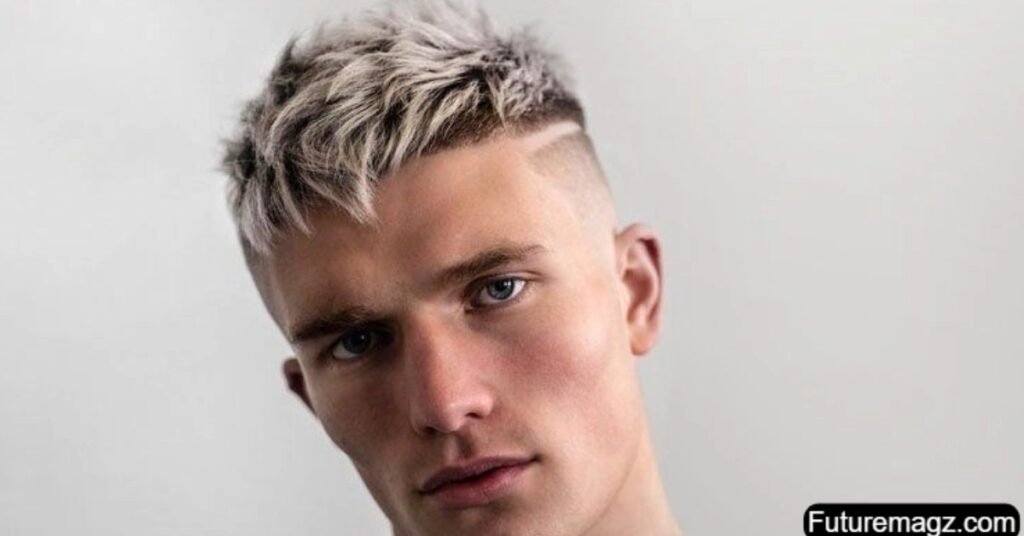
Frosted tips were a defining feature of 1990s men’s hairstyles. This look involved lightening the ends of hair while keeping the base color darker.
Typically paired with longer hairstyles, frosted tips added flair and individuality. The contrast created a striking visual effect that stood out in any crowd.
Celebrities like *NSYNC’s Justin Timberlake made this style iconic. Young guys everywhere sought to replicate that fresh, trendy vibe.
Today, frosted tips have evolved but still carry echoes of their ‘90s roots. They continue to inspire modern styles and remind us of an unforgettable era in men’s grooming.
6. The Buzz Cut
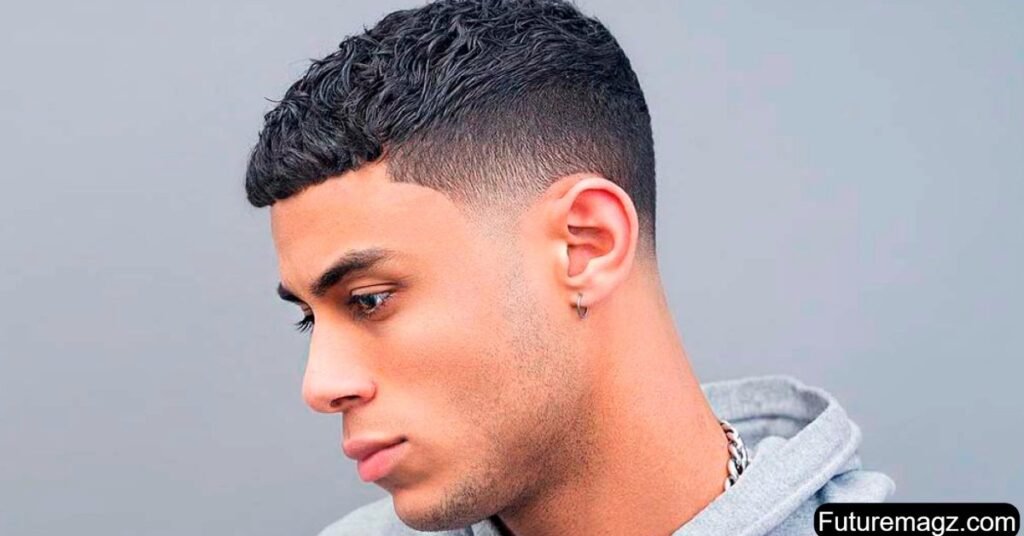
The Buzz Cut emerged as a bold statement of simplicity and strength in the 1990s. This hairstyle was favored by many, from athletes to musicians. It required minimal maintenance while still making a significant impact.
Characterized by its uniform length achieved through clippers, the Buzz Cut exuded confidence. Icons like Demi Moore in “G.I. Jane” popularized this look further, showcasing that short hair could be powerful and stylish.
This haircut is often associated with rebellion and military precision. Its clean lines offered an edgy contrast to the more elaborate styles of the decade.
Easy to style and versatile for various face shapes, it became a go-to option for many men looking for something fresh yet uncomplicated. The allure of this no-fuss cut remains relevant even today among those who appreciate timeless grooming choices.
7. Long and Layered
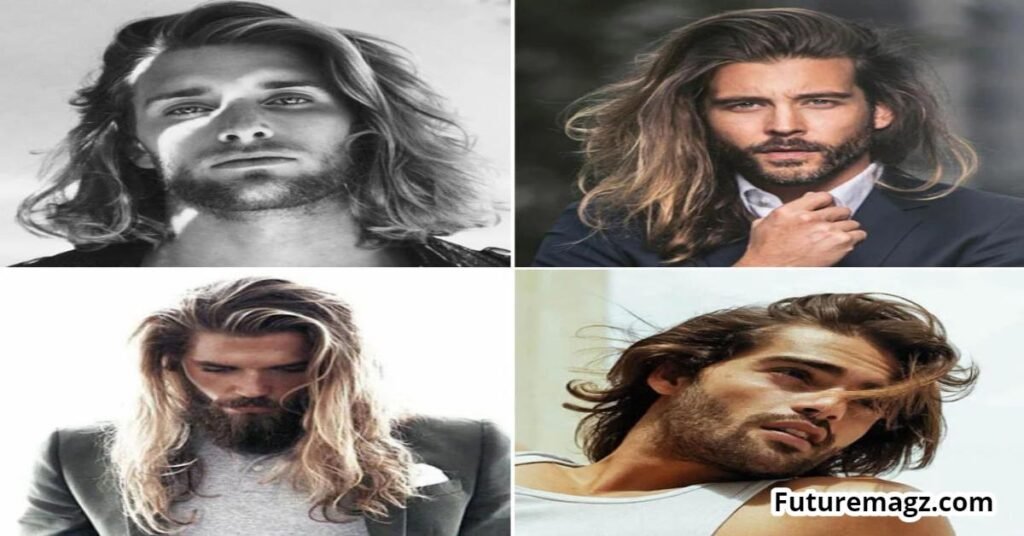
Long and layered hairstyles were a defining look of the 1990s. This style was all about embracing natural texture while adding movement.
Celebrities like Johnny Depp and Brad Pitt popularized long, flowing locks that often featured soft layers. It offered a relaxed yet stylish vibe that many men gravitated towards.
Men could experiment with varying lengths, from shoulder-grazing strands to slightly longer styles. Layering added depth and dimension, making the hair appear fuller.
This approach to hairstyling encouraged individuality, allowing each person to showcase their unique personality through their hair choices. Long and layered became more than just a trend; it symbolized freedom in self-expression during an era of change.
8. The Spiky Hair
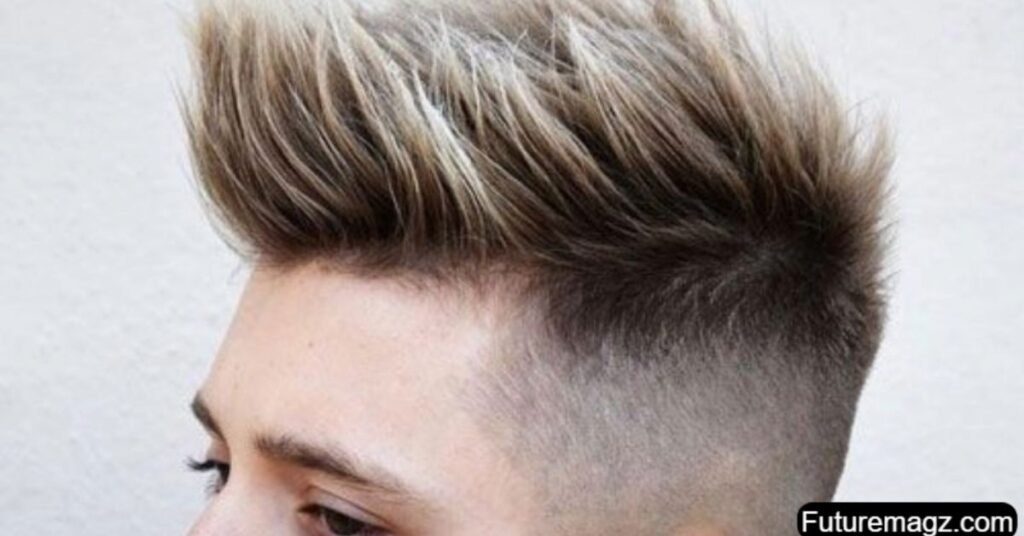
The spiky hair was a defining look of the 1990s, radiating an edgy and carefree vibe. It emerged as a favorite among youth culture, allowing individuals to express their rebellious spirit.
This hairstyle often featured short sides with longer strands on top. The key was in the styling products—gels and sprays played crucial roles in achieving that perfect spike.
Icons like punk rock stars popularized this daring style. It became synonymous with freedom and individuality during a time of cultural shifts.
As trends evolved over the years, spiky hair remains etched in memory as a standout symbol of male grooming in the ’90s. Its influence continues to inspire modern interpretations today.
9. The Slicked Back Hair
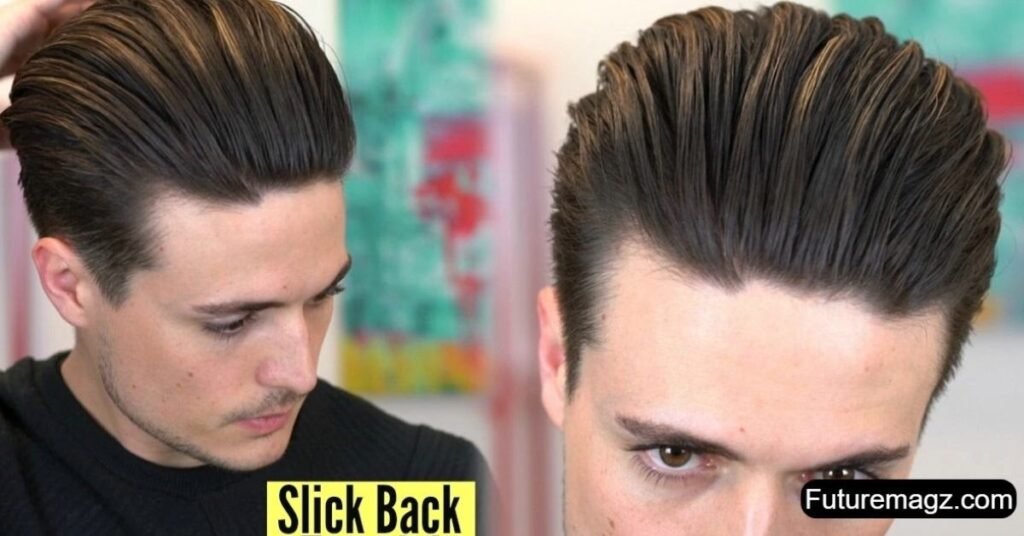
The slicked back hair was a defining style of the 1990s, emanating confidence and sophistication. This look involved combing the hair straight back, often with the help of gel or pomade for that polished sheen.
Celebrities like David Beckham and actors from iconic films popularized this hairstyle. It became synonymous with a suave persona, perfect for both casual outings and formal events.
This hairstyle required maintenance but delivered undeniable charisma in return. It highlighted facial features beautifully and paired well with many fashion trends of the decade.
Even today, slicked-back hair remains relevant in modern grooming practices. Its timelessness ensures its place across generations as an enduring favorite among men around the world.
10. The High Top Fade
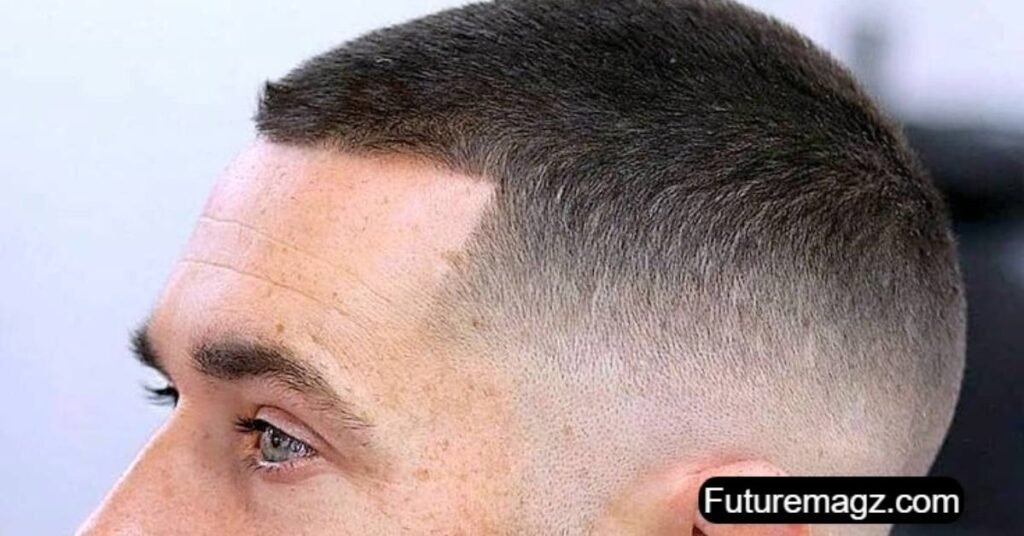
The High Top Fade is a standout hairstyle that defined the 1990s. Characterized by its towering height and tapered sides, it became synonymous with urban culture.
This style gained immense popularity in hip-hop circles. Artists like Will Smith and Kid ‘n Play rocked the look, making it iconic on screen and stage.
For many, sporting a high top fade was more than just fashion; it represented self-expression and individuality during a vibrant decade of change.
As trends evolve, this classic has seen revivals in modern pop culture, proving it’s more than just a fleeting moment from the past. It’s an enduring symbol of creativity in men’s hairstyles through time.
How These Hairstyles Are Still Influencing Trends Today
The influence of 1990s men’s hairstyles remains strong in today’s fashion landscape. Many contemporary styles draw inspiration from that era, proving the timelessness of these cuts.
Take the curtain hairstyle, for example. It has resurfaced with a modern twist and is now popular among younger generations. Celebrities often sport variations, making it a go-to look.
Spiky hair also makes waves today. This edgy style captures attention and is versatile enough for both casual and formal settings.
Frosted tips have evolved but are still seen on various platforms, particularly in music and pop culture.
Even the high top fade continues to inspire barbershops worldwide. Its bold silhouette resonates with those looking to make a statement.
These nostalgic looks remind us how past trends can seamlessly blend into current aesthetics while allowing personal expression through hairstyling choices.
Conclusion:
The 1990s were a transformative time for men’s hairstyles, showcasing a blend of creativity and boldness. Each hairstyle reflected the cultural shifts of the decade, from grunge to pop. Men embraced variety like never before, experimenting with cuts that often defined their personalities.
These iconic styles are more than just memories; they continue to influence current trends. Whether it’s the resurgence of layered looks or the occasional nod to frosted tips, elements from these hairstyles remain relevant today.
As we look back at mens hairstyles in the 1990s, it’s clear they shaped not only our hair but also our culture. They remind us how personal style can serve as a reflection of both individuality and era-specific aesthetics. The legacy of these cuts lives on, inspiring new generations while evoking nostalgia for those who experienced them firsthand.

